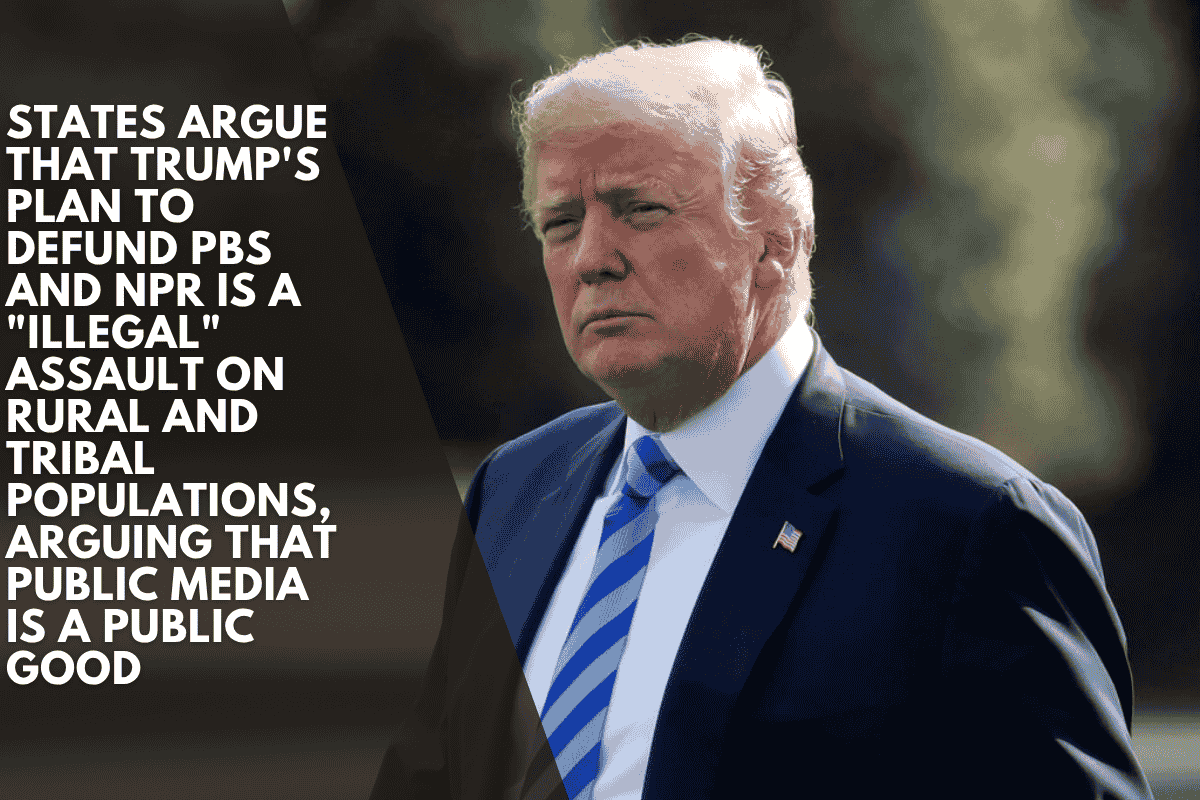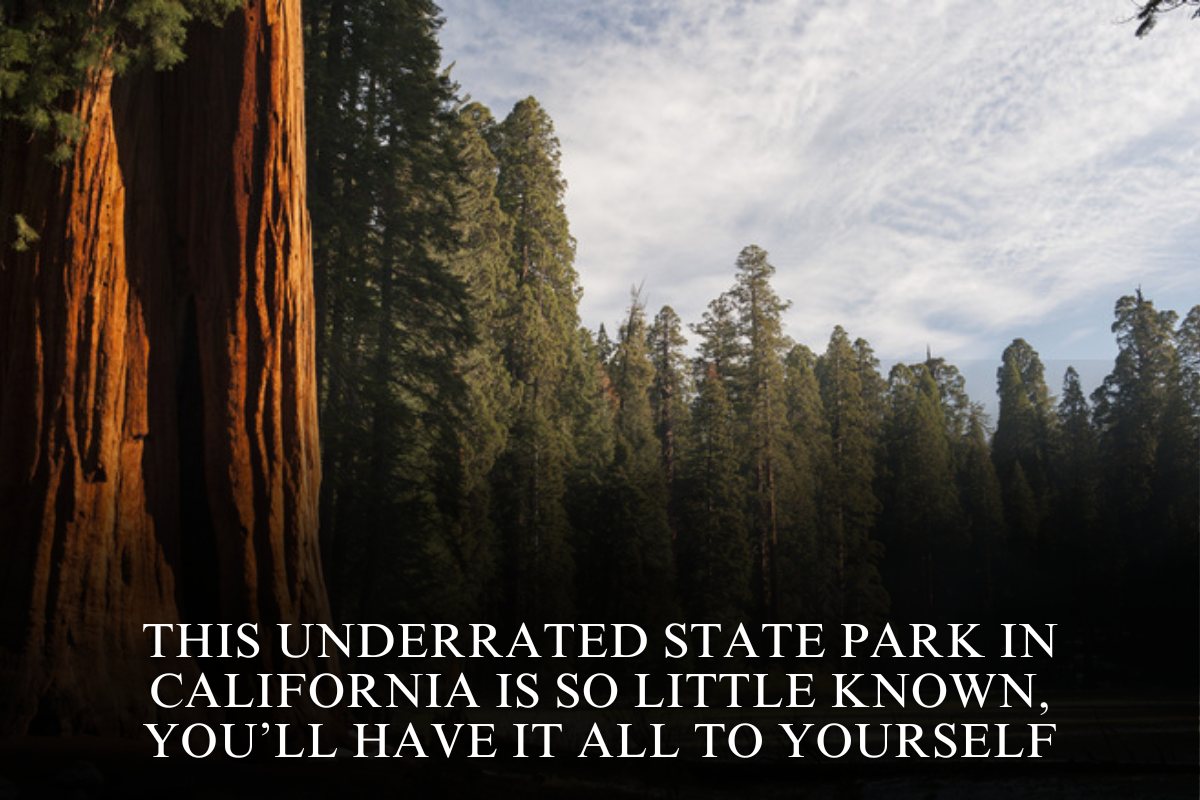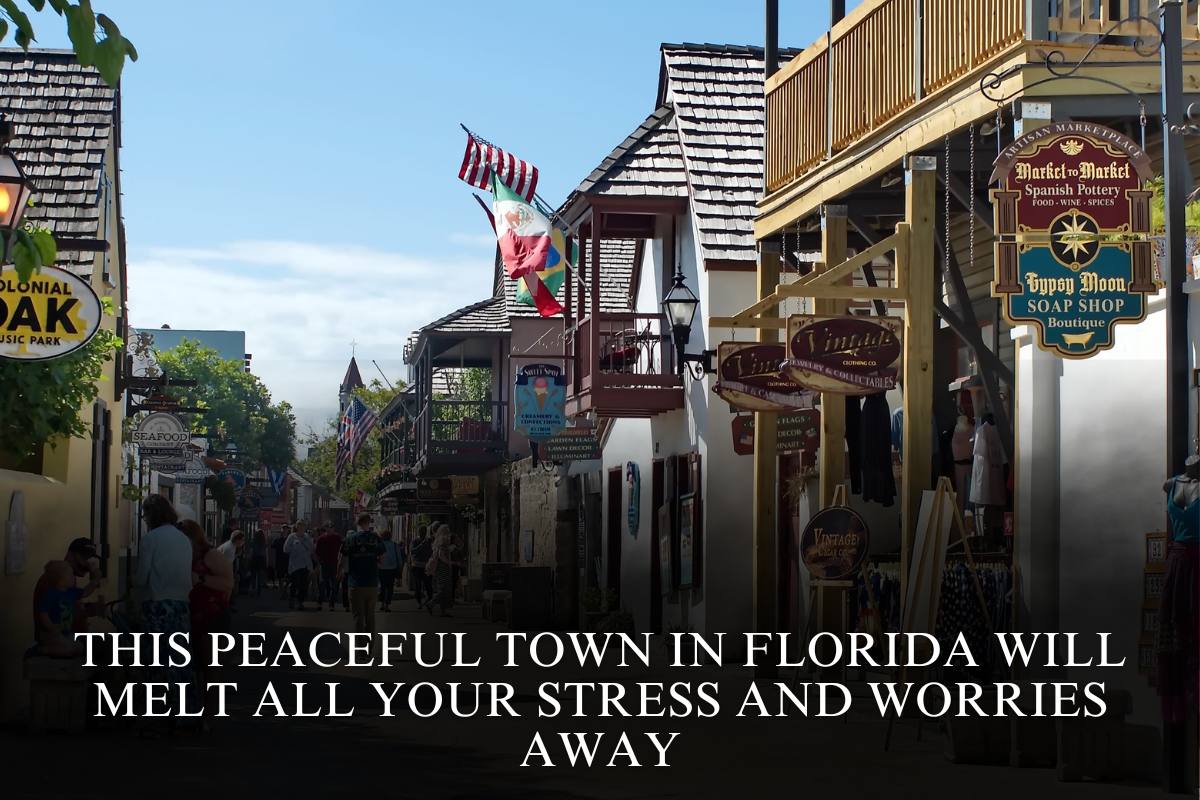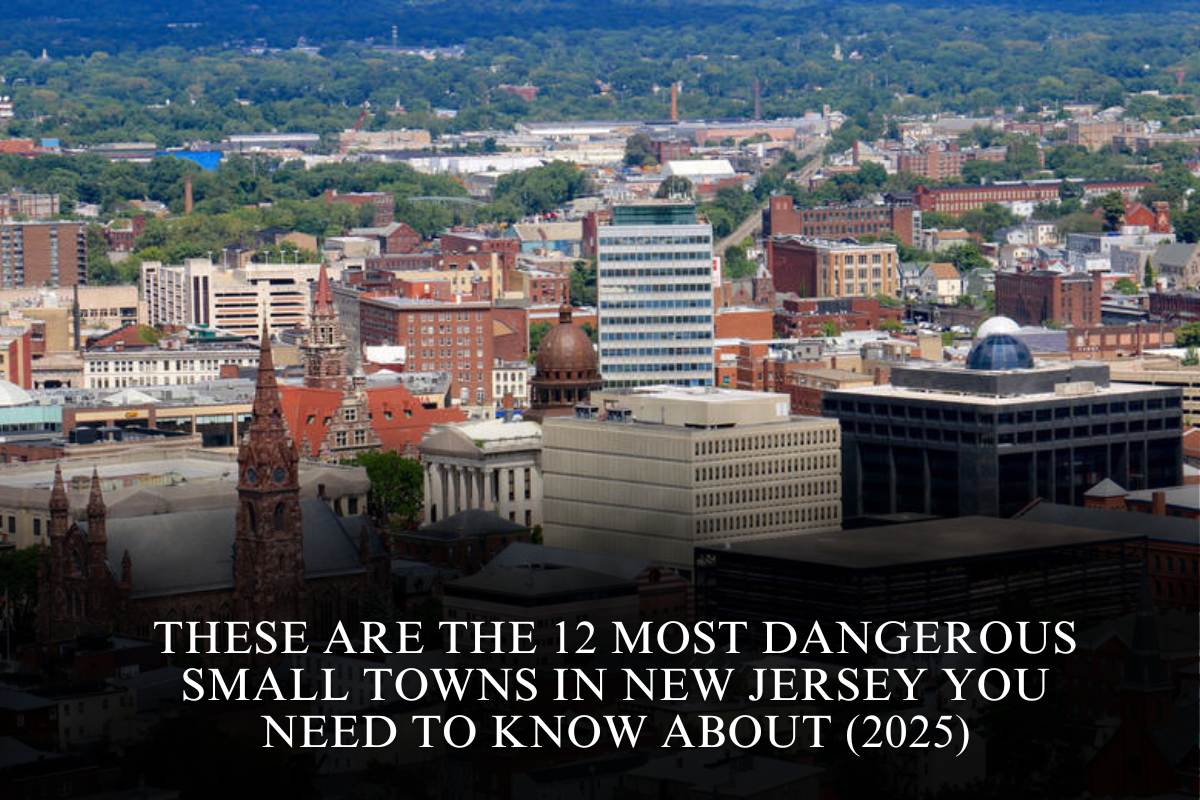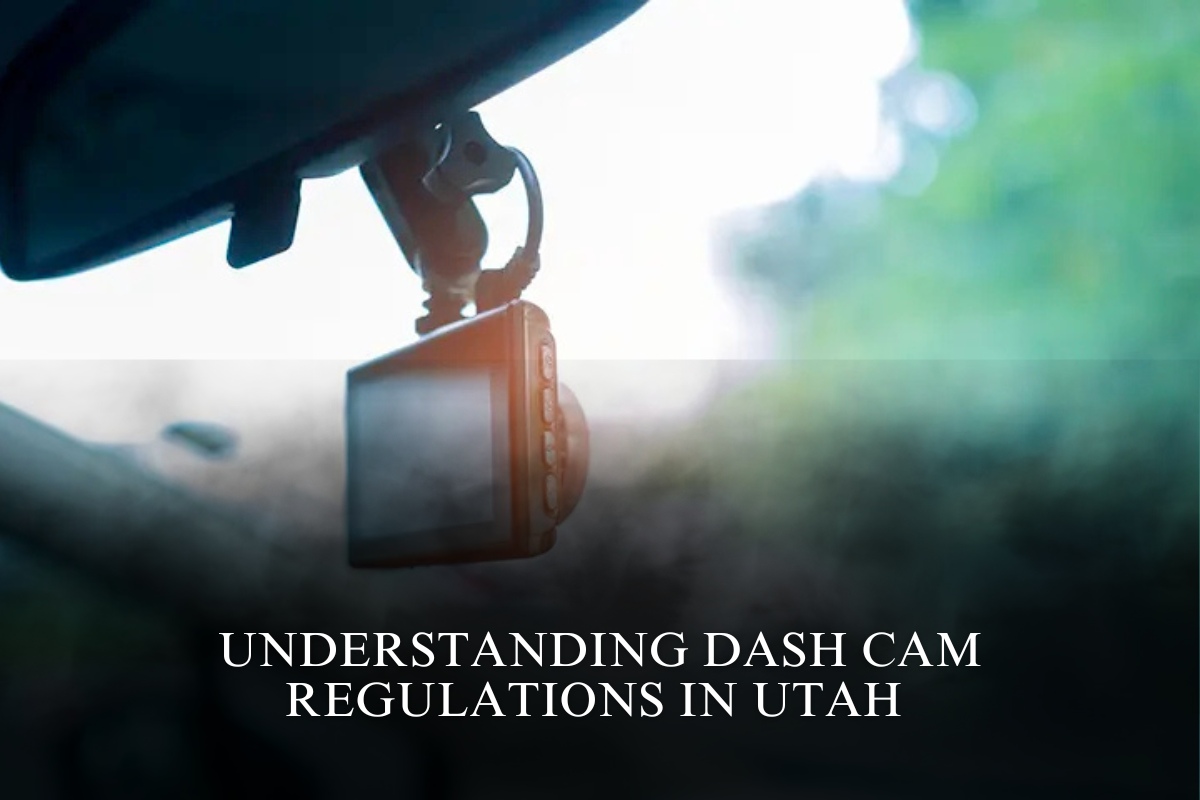A group of states is pleading with a federal judge to side with PBS and oppose the Trump administration in a legal battle over controversial plans to cut off the broadcast network’s federal funding.
In a 41-page amicus brief filed Friday, Colorado and 21 other states argue that President Donald Trump’s executive order to defund PBS and National Public Radio (NPR) is “unlawful” and threatens “the critical importance of public media.”
“Public media is a public good,” the filing states. “That good is even more valuable at the local level, where newsworthiness, reach, and financial incentives often do not align.”
The friend of the court brief argues that public media is especially beneficial in small, local, and tribal communities where English is not the primary language spoken at home.
The foray into the pre-existing lawsuit seeks to vindicate the states’ interests while supporting the plaintiffs’ broader arguments.
On May 1, the 45th and 47th Presidents issued Executive Order 14290, titled “Ending Taxpayer Subsidization of Biased Media.” The order claims that neither PBS nor NPR provide “a fair, accurate, or unbiased portrayal of current events to taxpaying citizens.” Trump’s order instructs the Corporation for Public Broadcasting Board of Directors (CPB Board) “and all executive departments and agencies” to stop funding NPR and PBS.
In the underlying lawsuit, PBS and Minnesota-based Lakeland PBS claim that the “unprecedented presidential directive” targeting them and other member stations “will upend public television,” and they dispute the “charged assertions” leveled in Trump’s order.
The states claim they are uniquely positioned to provide input.
“Plaintiffs’ educational commitment extends to higher education and lifelong learners,” the amicus brief states. “Several American States have television and radio partnerships with high schools, colleges, and universities.
Similarly, affiliates across the United States report high viewership for NPR and PBS’ flagship programs, particularly their documentary, educational, and news content.
The states’ primary concern is to uphold the basic mission of the Corporation for Public Broadcasting, which was established in 1967 through originating legislation, and which later created PBS in 1969 and NPR in 1970.
“The Executive Branch’s duty is to faithfully execute this law and carry out Congress’ appropriations,” the memo continues.The challenged Executive Order is ultra vires and violates the First Amendment.
Amici States have a strong interest in upholding constitutional values and preserving their distinct local media tapestries. Finally, Congress has the sole authority to decide whether and how to fund public media.
If the Executive Branch disagrees, the lawful course is to request that Congress rescind appropriations, which it has now belatedly done. However, the Executive Branch’s actions in this case, which involved unilaterally terminating appropriations, are illegal.
According to the states, the Trump administration’s efforts to defund PBS and NPR are an assault on critical local sources of information – not just the typical content available through news media.
The brief mentions that PBS and NPR issue a slew of emergency, life-saving, weather, crisis, and disaster alerts. They argue that without public broadcasters, private actors would not provide similar information.
“Public radio and television stations also often have hardened and resilient infrastructure that allows them to continue broadcasting during emergency situations that may knock out power or other communications resources,” the summary says. “Beyond weather, the [Emergency Alert System] also communicates public safety alerts.”
The filing provides detailed information on the reach of various systems.
Public radio and television broadcasters also contribute to the emergency alert systems by reaching remote and rural areas that other outlets or media cannot access. In Arizona, Maryland, Massachusetts, Minnesota, New Jersey, and New York, for example, public radio or television broadcasters cover 95 percent or more of the state. In rural and remote regions where Internet or cellular coverage is unavailable or unreliable, public radio or television often is the only means government authorities have for immediately communicating emergency information. Public stations in Minnesota and Maryland, for instance, have also provided emergency alerts in multiple languages, ensuring emergency communications reach communities that might not otherwise be reached due to language barriers.
“Public radio and television stations’ alerts and reporting on emergency situations are often a lifeline for audiences in Amici States,” the summary states. “Their authorities would lose access to critical infrastructure that they use to communicate immediate and life-saving emergency alerts to the public.
Because this infrastructure cannot be replaced quickly, easily, or inexpensively, Americans across the country, particularly those in rural and remote areas, would suffer significant consequences.”
The Trump administration, for its part, has yet to file any substantive motions in the case, instead moving procedurally through a patchwork of pro forma filings, including a joint motion for an expedited briefing schedule.
The states prioritize public broadcasting in their efforts to support the plaintiffs’ lawsuit.
From the amicus brief, at length:
Public media stations do not only provide geographic reach, they also provide locally relevant content to rural and Tribal audiences. Public broadcasters are often the only centralized source for regionally specific election information; school or road closures; spotlighting of rural school athletics; and regional specific ecological updates. Farming communities benefit from agriculturally-specific weather, political, and economic updates aimed at their needs. Additionally, Native American and Indigenous communities benefit from programs which reflect and preserve their language and culture (including, for example: California’s FNX network (entirely Native American and World Indigenous content); Colorado’s KSUT Tribal Radio (including the Native Braids interview project that connects Indigenous youth with impactful elders); New York’s on-demand classroom content through its Native Americans in Upstate New York initiative; Arizona’s array of stations including KUYI, KTNN (“The Voice of the Navajo Nation”); and KOHN (operated by the Tonoho O’odham Nation); and Minnesota Public Radio’s Native News Project.
“Public media connects millions of Americans,” according to the brief. “It touches on both ordinary and extraordinary moments in life, from school lessons in the living room to life-saving emergency alerts during a storm. It connects remote communities to national and global events while also bringing those communities’ vibrant perspectives to a larger audience.
These services, along with the public funding structure, promote an increasingly rare asset for American institutions: public trust. Losing public media would erode trust and keep many American communities in the dark.
